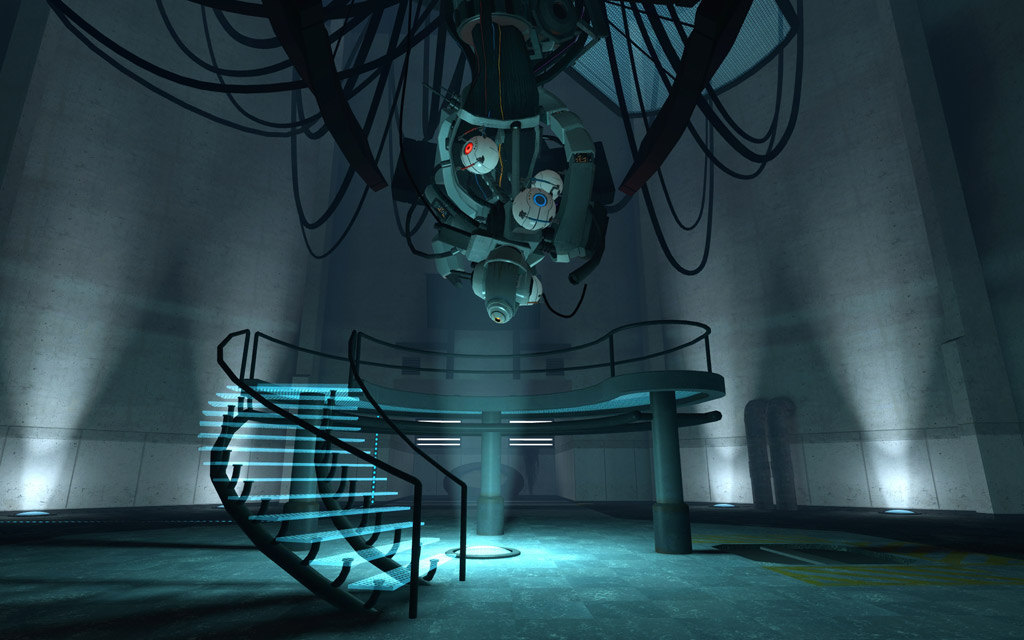Of course none of these fears has (or is going to) stop researchers from trying to replicate the human brain with technology. In fact Google researchers have been working on a project that involves 16,000 processors (with connections that numbered into the Billions like a very small version of a real brain) in an attempt to replicate the way a human brain learns to recognize objects. Now this was not your typical experiment where someone programs in an object and then says “go find it!” In that type of work that is merely recognizing a pre-programed pattern.
What Google and Stanford University computer scientist Andrew Ng did was to throw 10 million images taken from YouTube videos at their “neural network” of computers and let it go. On its own it was able to develop the concept of the cat (yes, even computers look for funny cat videos). The system was roughly twice as accurate as the last project which is a big step forward in what scientists are calling deep learning models.
The same concepts are being used in speech recognition systems as the next step forward in voice command technology. Companies are looking at ways to allow software to read and remember data in a fashion similar to the way the human brain learns. This is by repetition of objects or concepts. When we begin to understand something it is often not on first exposure. We need to have these things repeated in our minds for them to stick in place (often called visual learning). When I was young the popular technique was flash cards. The card would have a problem (e.g. 4x4) on one side and the same problem complete with answer on the other. The idea was to allow the brain to “see” the answer through automatic memory recall by repeat exposure to the correct answer on the back.
Google has replicated this with their experiment on a very small scale. Due to the number of repeat images of cats (the 10 million images were chosen at random) it was able to build the concept of the cat through this style of pneumonic imprinting. The Google Brain team warns that this is a pale comparison to a human brain though they admit it is a step in the right direction. It also makes us wonder just how many cat videos are out there that, out of 10 million images, the most recognizable image is a cat…
Discuss this in our Forum

 As a kid I remember watching movies and TV where the world was threatened by a machine that had become aware and the heroes of the story had to fight for their lives to defeat it. I also remember vividly and fondly playing the game Paranoia where the Central Computer (which is insane and paranoid) controls every aspect of your short life. It seems that there is a fear of machines becoming sentient that pervades our subconscious. It is perhaps the fact that we are fragile and have a brief existence while a machine is considerable more long lived.
As a kid I remember watching movies and TV where the world was threatened by a machine that had become aware and the heroes of the story had to fight for their lives to defeat it. I also remember vividly and fondly playing the game Paranoia where the Central Computer (which is insane and paranoid) controls every aspect of your short life. It seems that there is a fear of machines becoming sentient that pervades our subconscious. It is perhaps the fact that we are fragile and have a brief existence while a machine is considerable more long lived.